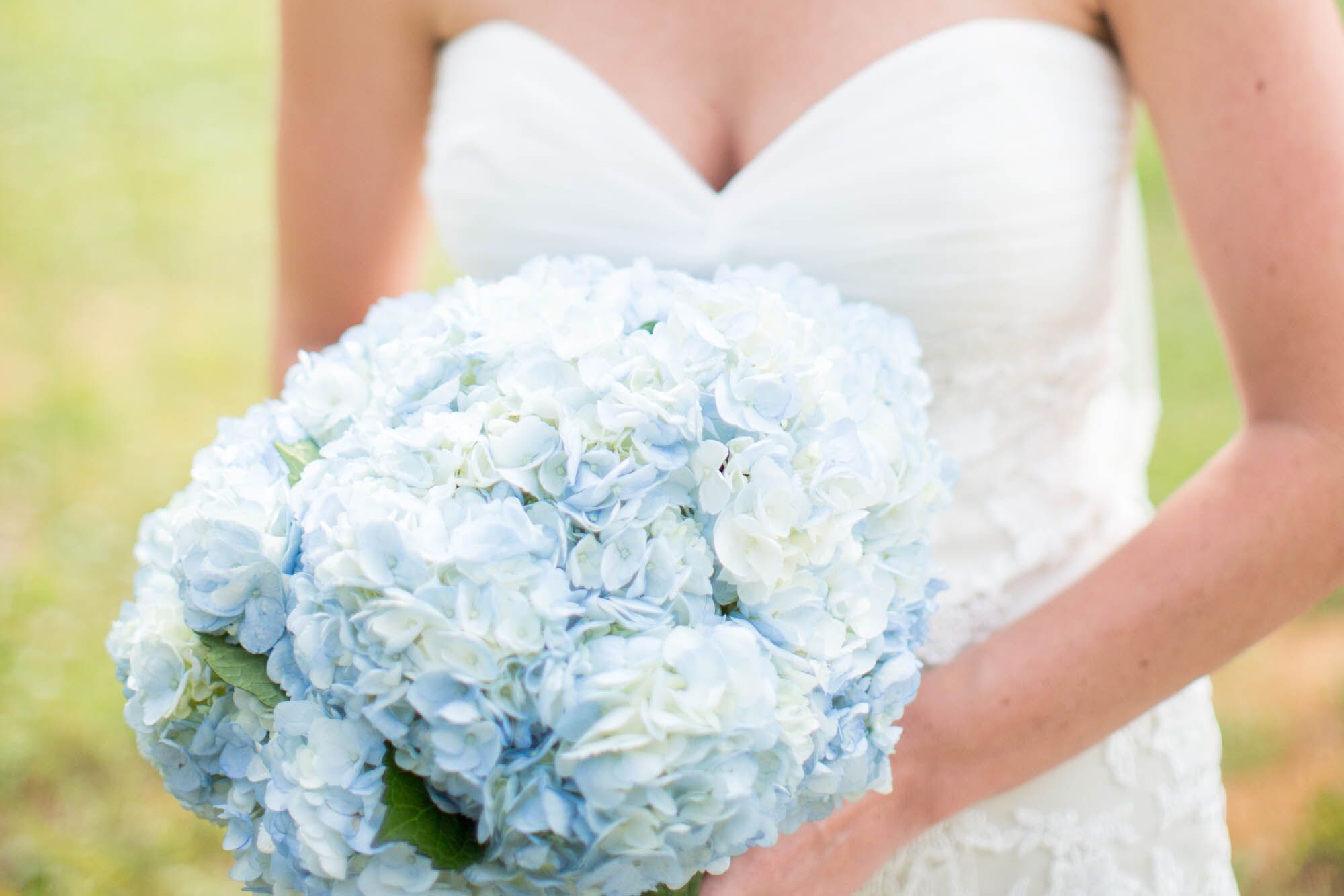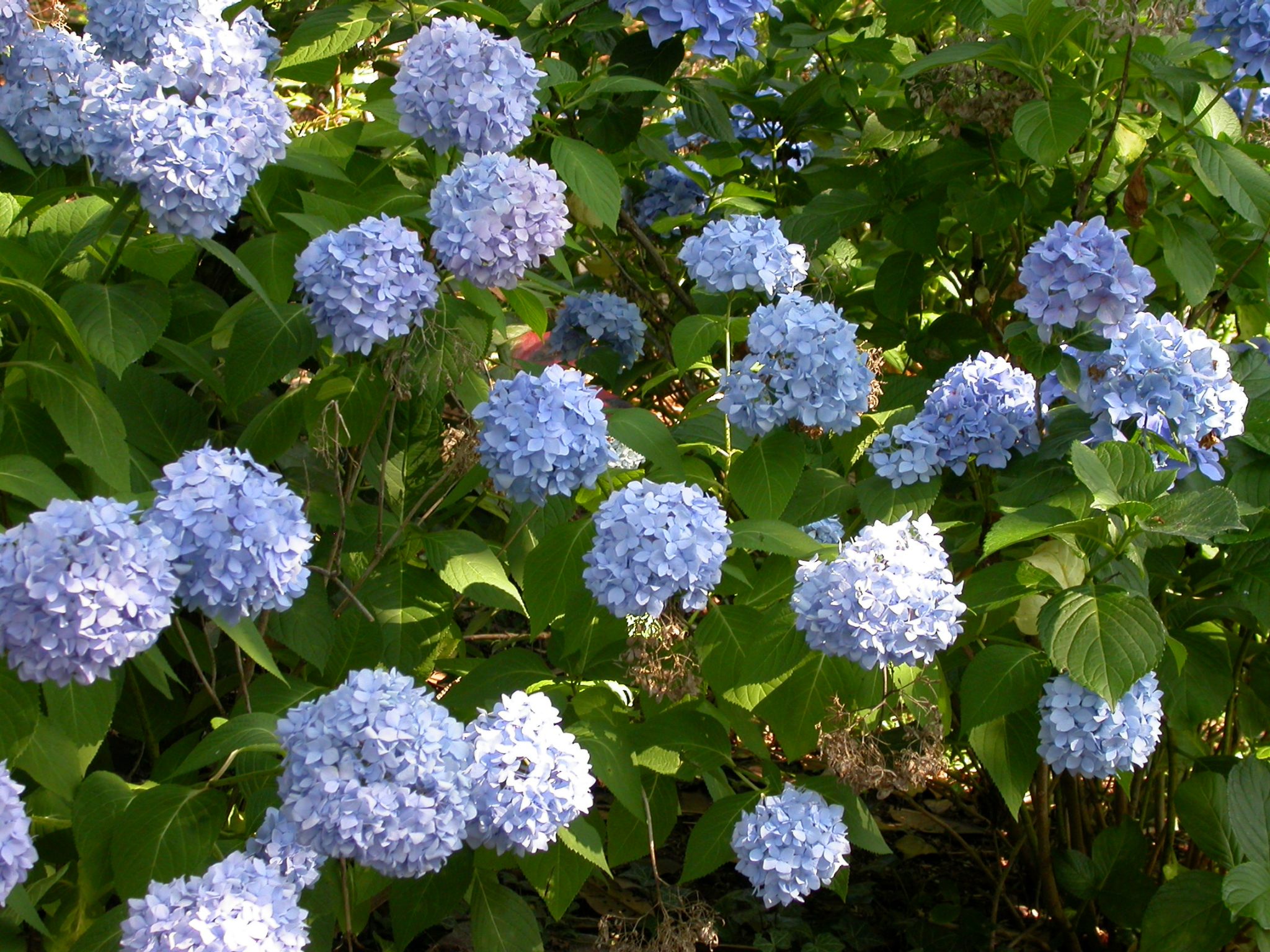Pale Blue Hydrangeas: The Ultimate Guide To Growing And Enjoying These Stunning Flowers
Pale blue hydrangeas are a stunning addition to any garden. Their delicate blooms come in a variety of shades, from pale blue to lavender to sky blue. They are also relatively easy to care for, making them a great choice for even beginner gardeners.
In this blog post, we will discuss everything you need to know about growing and enjoying pale blue hydrangeas. We will cover topics such as:
- Choosing the right location
- Preparing the soil
- Planting and watering
- Fertilizing
- Pruning
- Pests and diseases
- Winter care
We will also provide some tips on how to get the most out of your pale blue hydrangeas. So whether you are a seasoned gardener or just starting out, read on for all the information you need to grow these beautiful flowers.
Choosing the right location
Pale blue hydrangeas prefer full sun to partial shade. They will do best in a location that gets at least six hours of sunlight per day. However, they can also tolerate some shade, especially in hot climates.
The soil should be well-draining and rich in organic matter. If your soil is sandy or clayey, you will need to amend it with compost or peat moss.
Preparing the soil
Before planting your pale blue hydrangeas, you will need to prepare the soil. This involves loosening the soil to a depth of at least 12 inches. You should also add compost or peat moss to the soil to improve drainage and fertility.
Planting and watering
Pale blue hydrangeas should be planted in the spring or fall. When planting, dig a hole that is twice as wide and as deep as the root ball. Place the plant in the hole and backfill with soil, tamping down the soil as you go. Water the plant thoroughly after planting.
Pale blue hydrangeas need regular watering, especially during the first year after planting. Water the plants deeply once a week, or more often if the weather is hot and dry.
Fertilizing
Pale blue hydrangeas benefit from regular fertilization. You can use a balanced fertilizer, such as 10-10-10, or a fertilizer specifically formulated for hydrangeas. Apply fertilizer in the spring and fall.
Pruning
Pale blue hydrangeas should be pruned in the spring, before new growth appears. Remove any dead or damaged wood, as well as any stems that are crossing or rubbing against each other. You can also prune the plants back to control their size.
Pests and diseases
Pale blue hydrangeas are relatively resistant to pests and diseases. However, they can be susceptible to aphids, scale, and powdery mildew. If you see any pests or diseases on your plants, treat them immediately with an appropriate pesticide or fungicide.
Winter care
In most climates, pale blue hydrangeas do not need any special winter care. However, if you live in an area with cold winters, you may need to protect your plants from frost. You can do this by covering the plants with a burlap sack or by wrapping them in a layer of insulation.
Enjoying your pale blue hydrangeas
With proper care, your pale blue hydrangeas will bloom for many years to come. Enjoy their delicate beauty and let them add a touch of elegance to your garden.
Pale blue hydrangeas are a beautiful and delicate flower that can add a touch of elegance to any garden. If you're looking for more information about these stunning blooms, I recommend visiting . This website has a wealth of information about pale blue hydrangeas, including their history, care, and cultivation. You'll also find a gallery of stunning photos of these flowers, so you can get inspiration for your own garden.
In addition to providing general information about pale blue hydrangeas, also offers specific advice on how to grow these flowers in your own garden. The website's experts will tell you everything you need to know about choosing the right location, preparing the soil, and fertilizing your plants. They'll also give you tips on how to prevent pests and diseases.
Whether you're a beginner gardener or an experienced horticulturist, is a great resource for learning more about pale blue hydrangeas. So what are you waiting for? Visit the website today and start planning your own beautiful blue hydrangea garden!
FAQ of pale blue hydrangea
Q: Why are my hydrangeas pale blue?
A: The color of hydrangea flowers is determined by the acidity of the soil. In alkaline soil, hydrangeas will bloom pink or red, while in acidic soil, they will bloom blue. Pale blue hydrangeas typically indicate that the soil is slightly acidic.
Q: How can I make my hydrangeas more blue?
A: There are a few ways to make your hydrangeas more blue. One way is to add aluminum sulfate to the soil. This will lower the pH of the soil and make it more acidic. Another way to make your hydrangeas more blue is to water them with rainwater or distilled water. These types of water are naturally acidic and will help to keep the soil pH low.
Q: Do blue hydrangeas fade?
A: Yes, blue hydrangeas can fade over time. This is because the acidity of the soil can fluctuate, which can affect the color of the flowers. Additionally, the amount of sunlight that the hydrangeas receive can also affect their color.
Q: How long do blue hydrangeas last?
A: Blue hydrangeas can last for several weeks, depending on the variety and the care they receive. Some varieties of blue hydrangeas can even last for up to 3 months.
Q: How do I care for pale blue hydrangeas?
A: Pale blue hydrangeas are relatively easy to care for. They need full sun to partial shade and well-drained soil. They should be watered regularly, especially during hot, dry weather. In the fall, you can prune the hydrangeas to encourage new growth the following spring.
Image of pale blue hydrangea
5 different images of "pale blue hydrangea" from Pinterest:
This bouquet of pale blue hydrangeas is stunning. The flowers are a delicate shade of blue, and they are arranged in a simple but elegant way. This bouquet would be perfect for a wedding or any other special occasion.
This single pale blue hydrangea is stunning in a vase. The flower is a delicate shade of blue, and it is beautifully arranged in a simple vase. This would be a perfect centerpiece for a dining table or coffee table.
This pale blue hydrangea is in full bloom in a garden. The flowers are a delicate shade of blue, and they are surrounded by lush green leaves. This is a beautiful sight to behold.
This pale blue hydrangea is growing on a tree. The flowers are a delicate shade of blue, and they are clustered together in large clusters. This is a beautiful sight to see in the springtime.
This pale blue hydrangea is used to make a wreath. The flowers are a delicate shade of blue, and they are arranged in a circular pattern. This wreath would be perfect for decorating a door or a wall.




Post a Comment for "Pale Blue Hydrangeas: The Ultimate Guide To Growing And Enjoying These Stunning Flowers"